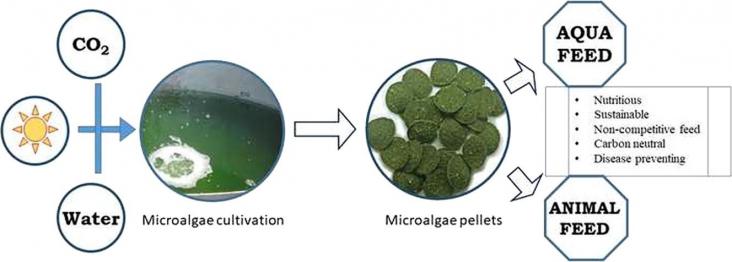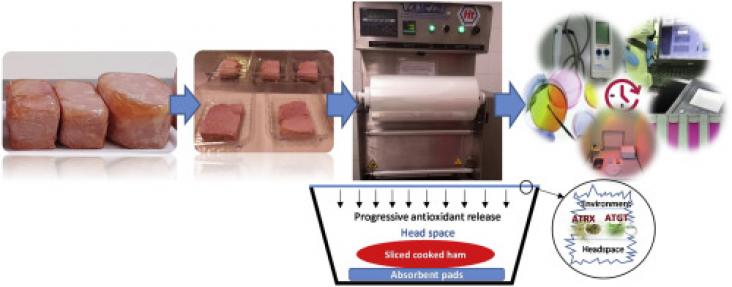Enteric viruses are an important food safety concern and have been associated with many foodborne disease outbreaks.

Aquaculture and animal rearing for meat has increased exceedingly to meet the demands of ever-increasing population.
Approximately 70% of the aquatic-based production of animals is fed aquaculture, whereby animals are provided with high-protein aquafeeds.

The effectiveness of active packaging systems with green tea extract and oregano essential oil was checked for their use in sliced cooked ham.
An Ultra-High Performance Liquid Chromatography combined with Time-of-Flight Mass Spectrometry (UHPLC–ToF-MS) method has been developed for determination of nine mycotoxins, namely aflatoxins (AFB1, A

For many years, WTM London has organised World Responsible Tourism Day, with the support of the United Nations World Tourism Organization. This is the world’s largest industry event focused on efforts to make the industry more responsible and sustainable. Each year leading figures from the industry, along with representatives of civil society and key organisations, gather to discuss the key issues facing the sustainable development of tourism. Many of these issues are directly reflected in the 17 Sustainable Development Goals, which was the focus of a key panel discussion at the 2016 event.
This book chapter addresses goals 7, 12, 13 and 14 by describing the fundamental issues of microalgae and their cultivation as a biofuel and alternative food source.
Agricultural wastes are readily available in farming communities and can be utilised for off-grid electrification as an alternative to diesel generators.
A new threat now confronts the Amazon in the form of a massive infrastructure program, the Initiative for the Integration of the Regional Infrastructure of South America, or IIRSA.
Partner content
United Nations Global CompactUnited Nations Global Compact, September 2019
This report showcases business leadership on climate action aligned with limiting global temperature rise to 1.5°C. Advancing SDGs 12, 13 and 17, this report features solutions and strategies developed by companies that have taken the 1.5°C pledge and examines how business leaders are integrating this process into corporate strategies and generating employee buy-in.
